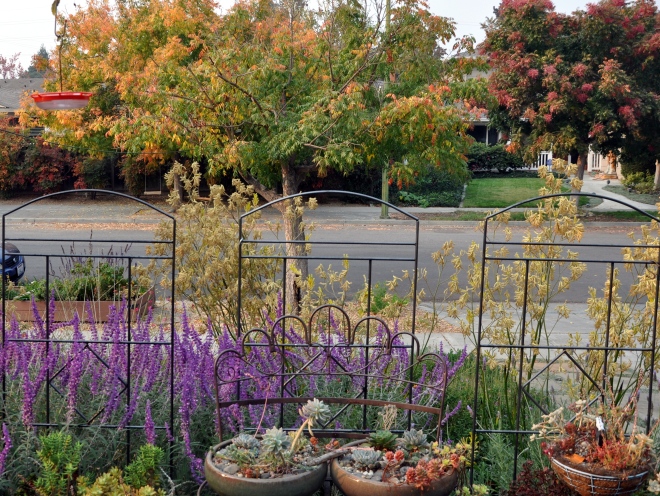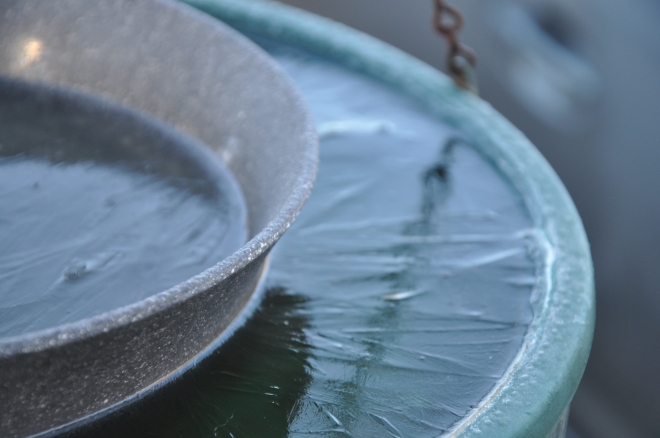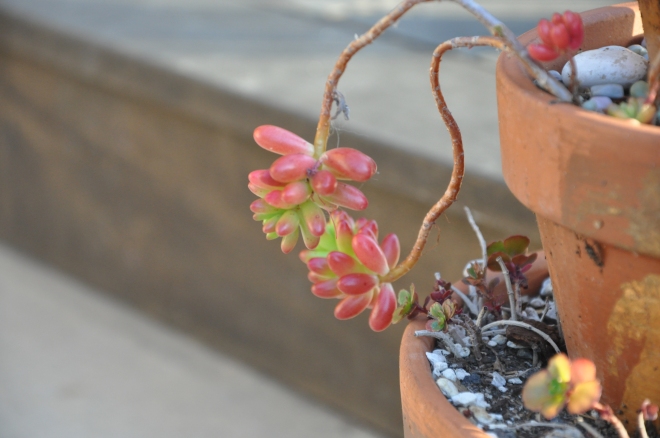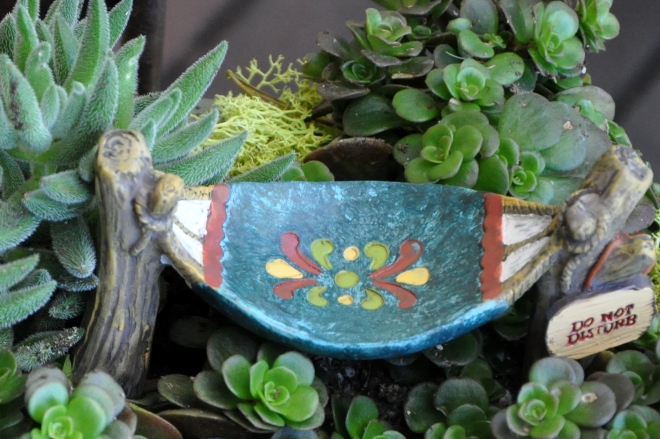I have the August doldrums. Blah!
It is usually hot, dry and smoggy in San Jose throughout August. It’s been particularly bad this year with multiple wildfires burning up and down the state.
After five years of the drought, there is plenty of fuel feeding the wildfires. Millions of trees have died from drought-related conditions, providing even more fuel than usual. According to News Deeply
A bark beetle epidemic driven by drought is killing off millions of trees in the Sierra Nevada as California starts another summer plagued by drought and higher temperatures.
This is the driest time of year, with virtually no rain during the months of July, August and September.
The Soberanes fire started in July in Monterey County, not far from the lovely town of Carmel where we spent our get away weekend in March. It’s only 60% contained and fire crews don’t expect to have it out until September 30th! Because San Jose is in a valley, the smoke gathers in the basin, with no wind or rain to carry it away. It adds to such a sense of gloom when the skies are a hazy gray. Even when you avoid the news, as I’m trying to do, it’s impossible not to see those hazy skies and realize what’s happening around us.

Believe it or not, there is a mountain range beyond the trees. You can just make it out.

View of the mountains from a nearby shopping center.
My dryer woes aren’t nearly as dramatic, but oh what a pain. We bought a new washer and dryer in late June and took deliver July 8th. They purred like the proverbial kitten and as with all new appliances, they use less water and less energy…when they work.
The first time I used the steam setting on the dryer it leaked water on the floor. Assuming it wasn’t properly connected, Mike contacted the appliance store who referred us to a certified repair shop. The first repair person said he needed a part (for a brand new dryer!) and would have to take the dryer to the shop because he didn’t have enough room to repair it in our home. I asked him to please leave the dryer till he received the part so that I could dry clothes on other settings. A week later, and before the part arrived, the dryer started making a loud banging noise, akin to putting a bowling ball on the fluff cycle. In addition to that awful noise it also smelled like stale smoke. Did I mention that the dryer was only a few weeks old?
A second crew came out on a Friday and took our dryer back to their shop. Meanwhile, laundry for four piled up. They promised to return it Monday, than Tuesday and by Wednesday we were mostly out of clean clothes and towels. I loaded up the dirty clothes, headed to the laundry mat, and spent three hours getting it done.
A third repair person returned and reinstalled the dryer on Thursday, turned it on and asked “does it always make that noise?”
Ah….no.
I explained that the “bowling-ball-on-the-fluff-cycle” noise was one of two reasons the dryer was in for repairs. He said he didn’t understand why they would take the machine back to the shop, but there was nothing to be done for it that day and off he went.
Are you still with me?
A fourth crew (an experienced repair tech and a tech-in-training came out and spent three more hours trying to repair the machine. They completely dismantled it, spreading out the parts in my narrow side yard, then left to buy “longer screws” assuring me that the manufacturer-installed screws were too short.
This made no sense to me, but I’m not an appliance technician. I gave them directions to the nearest Home Depot and off they went. Once they had it all put back together they insisted all was well and that the sound of the dryer was “normal”. I signed the repair order but with an asterisk and note saying that my signature did not mean it was “repaired to my satisfaction” only that it appeared to be working…for now.
Gosh it felt good to have my dryer back and in working condition.
For two loads, that is.
The appliance repair shop has now washed their hands of us and the manufacturer opened a claim. I’ve tried (twice) to email my request to the service protection plan, only to receive error messages. When I call they say “volume is high” and to please fill out the form on the web. Sigh
And then there is Slinky.

Slinky napping in the garden
She is still hanging in there, but I’ve seen a recent decline. She saw our vet twice last week, which led to a diagnoses of a “very large hyperechoic cystic mass on her liver”. The better news is that it is NOT cancer, but a benign growth. She continues to eat, groom and purr, all good signs, but she’s lost more weight. She’s a tiny 5 pounds, about 2.5 kilos. She’s not in any pain and as long as she continues with a good quality of life, we are happy to have her with us. My heart is heavy when I see her tiny frame, but then she purrs in my face or crawls in my lap and I can see that for now she’s doing okay.
I know many of you live with cats or dogs, so you can relate to the angst.
Nothing magical or transformative will happen when I turn the page to September, but I still find myself craving the fresh start of a new month.
I’m grateful that Slinky is still with us. I appreciate Cal Fire crews and their tireless efforts fighting wildfires throughout the state. I’m grateful for the clean and well maintained laundry mat nearby. Having a washer and a dryer in my home is a luxury that I know others can’t afford. The same was true for me for many years and I try hard never to take it for granted.

Meanwhile, I’m looking forward to the cooler days of autumn, clearer skies and the days we have left with Slinky.
How is the world treating you?
Of Possible Interest:
Topographical map of San Jose/Silicon Valley
CalFire official website
Fascinating article on prototype design for the Developing World Laundry System















































